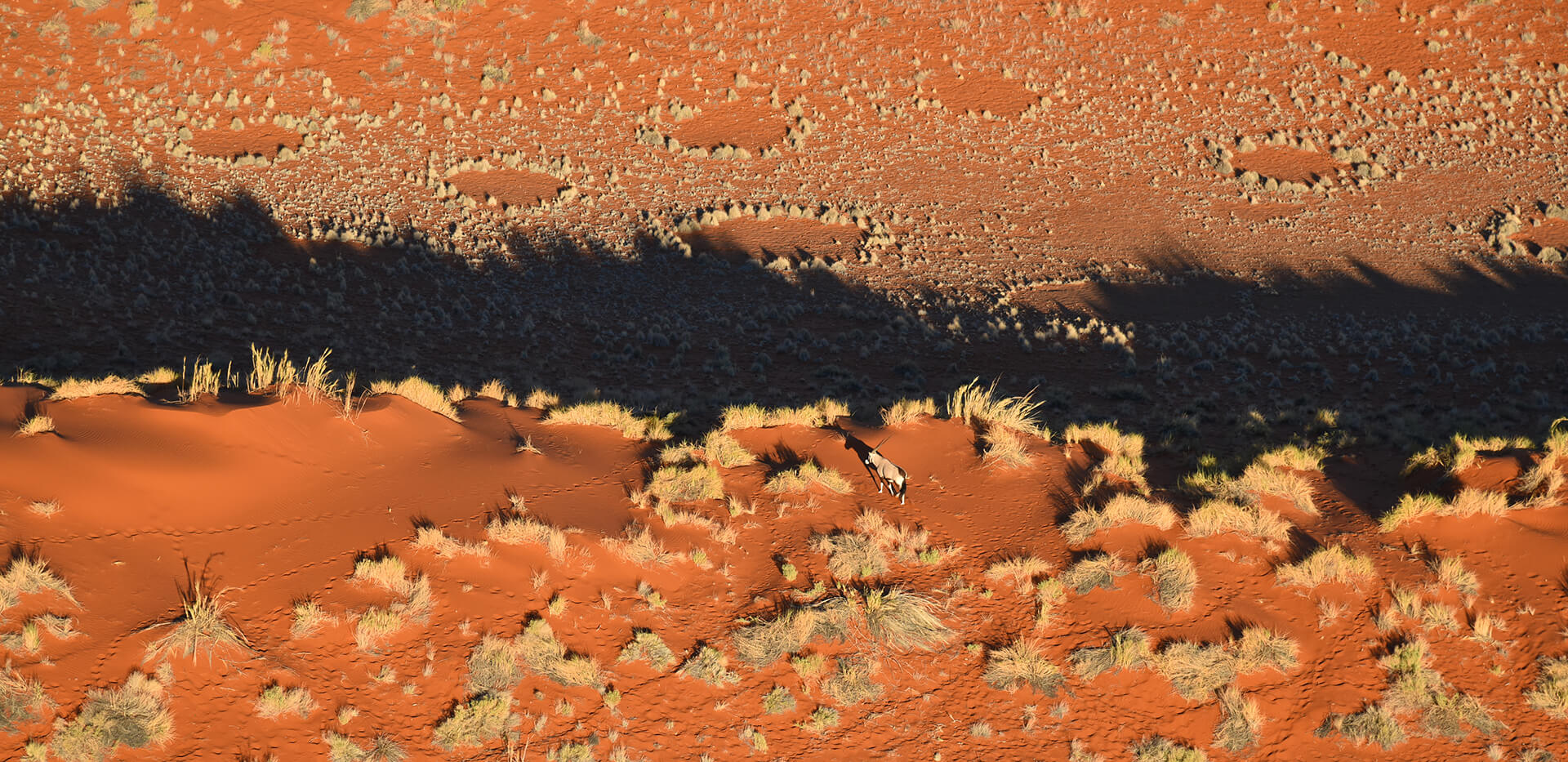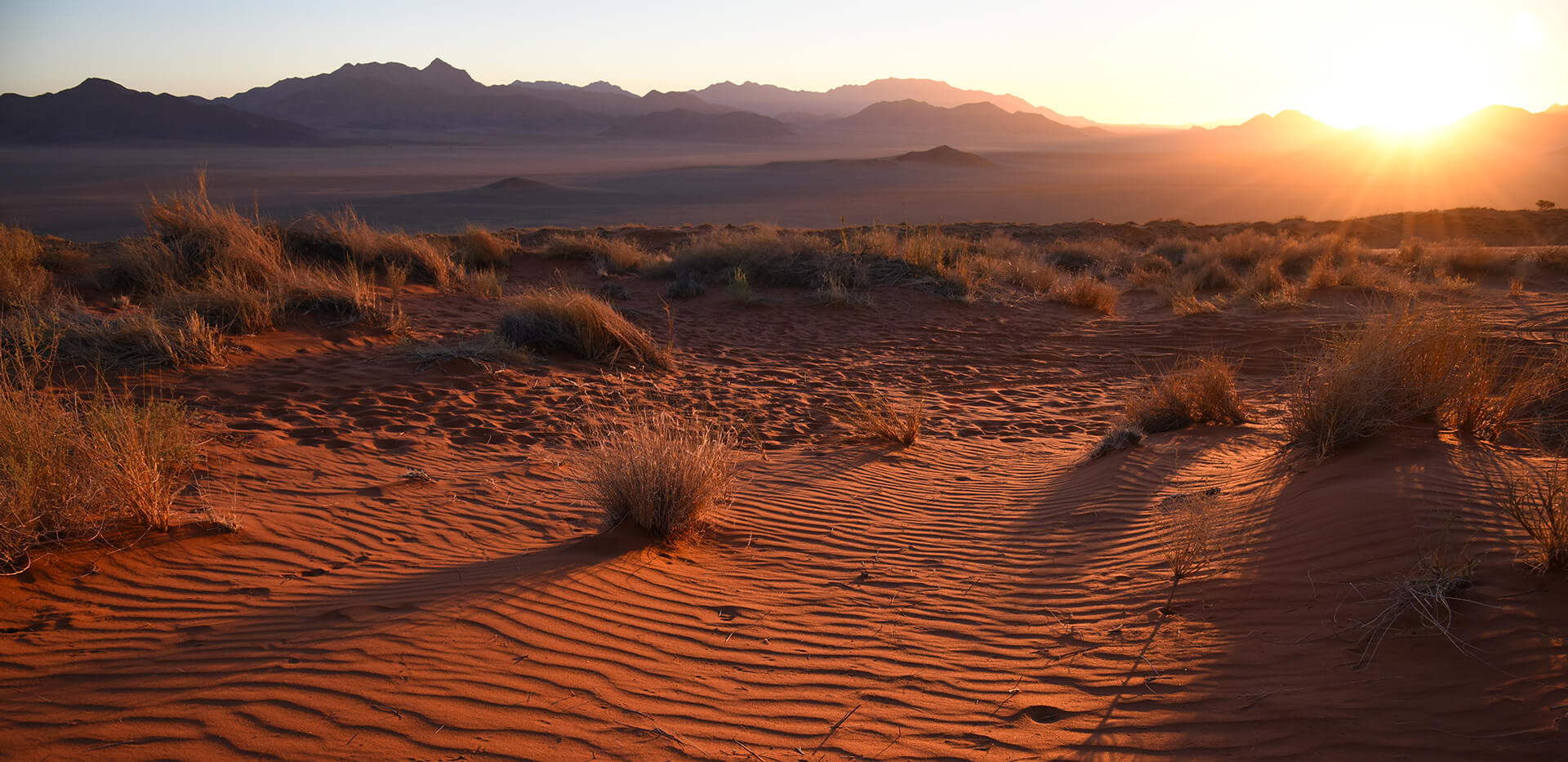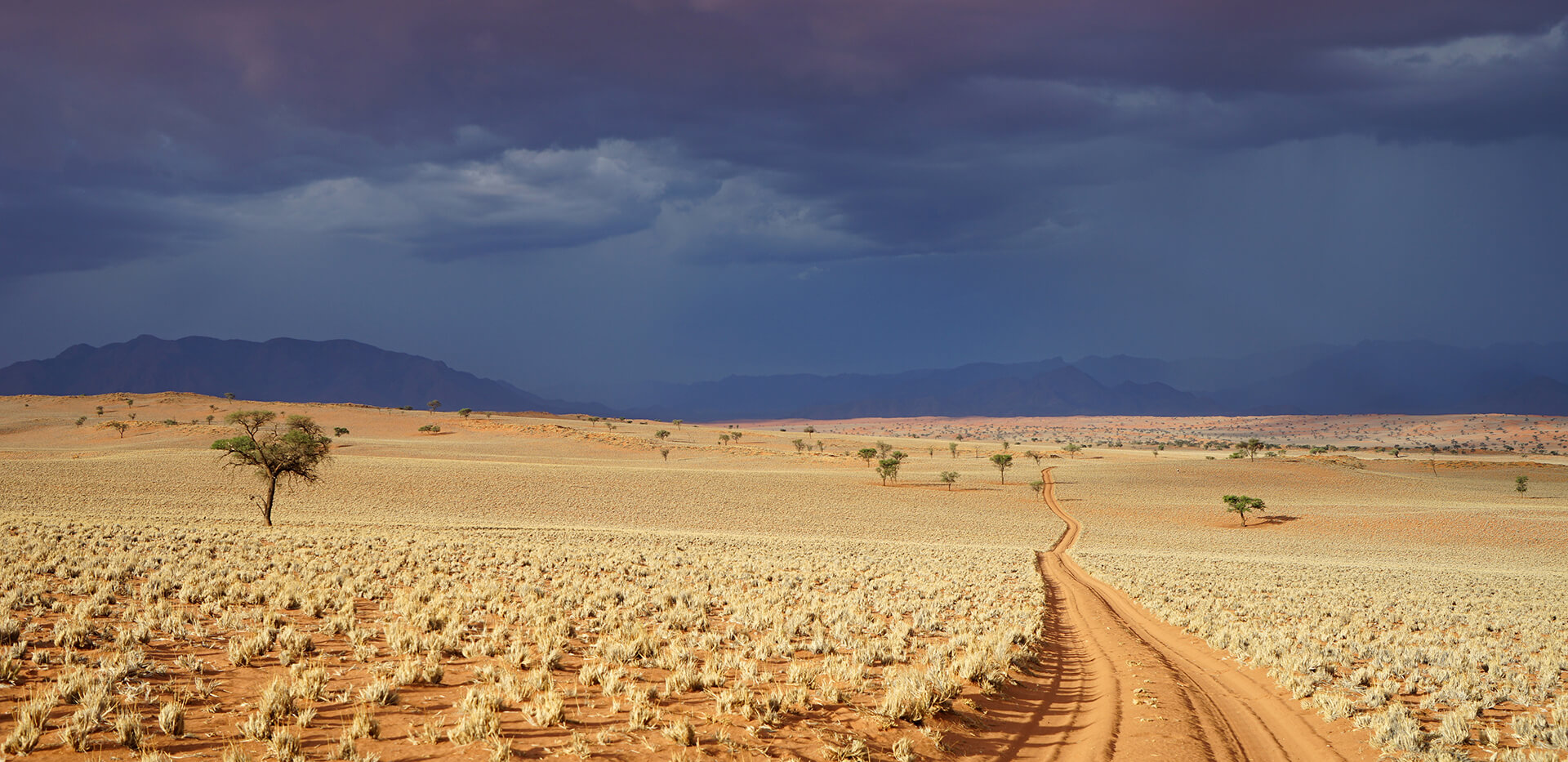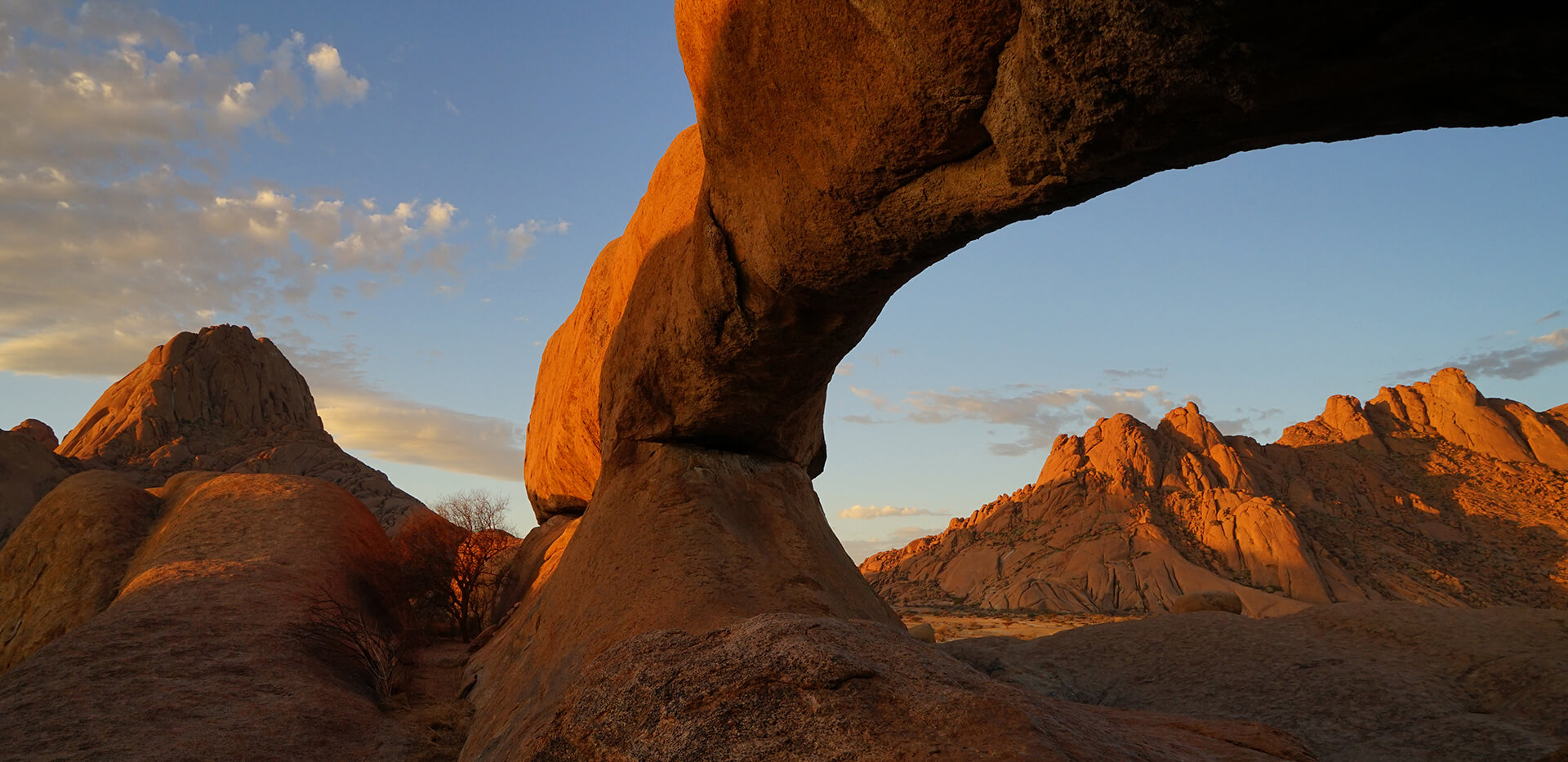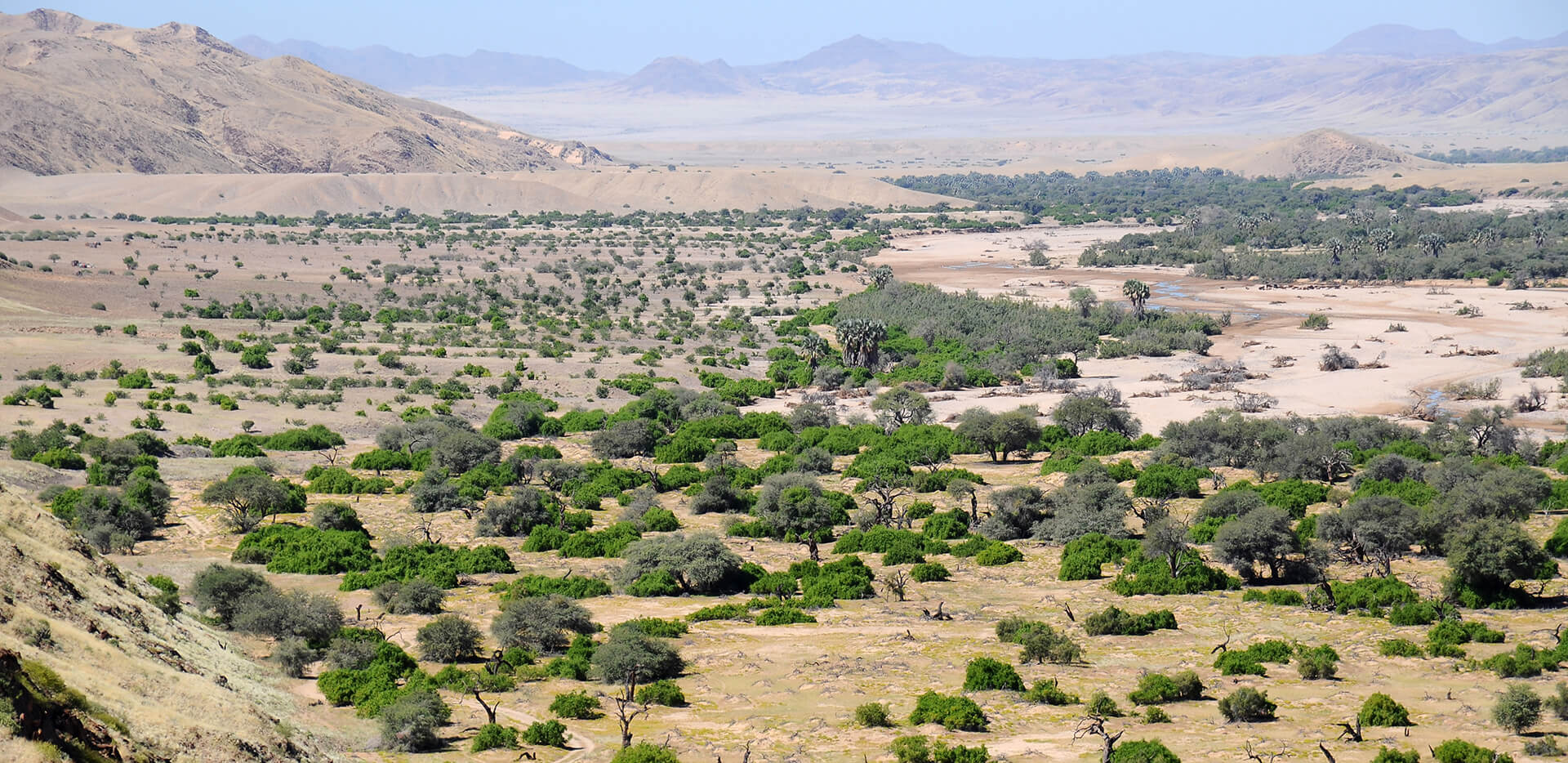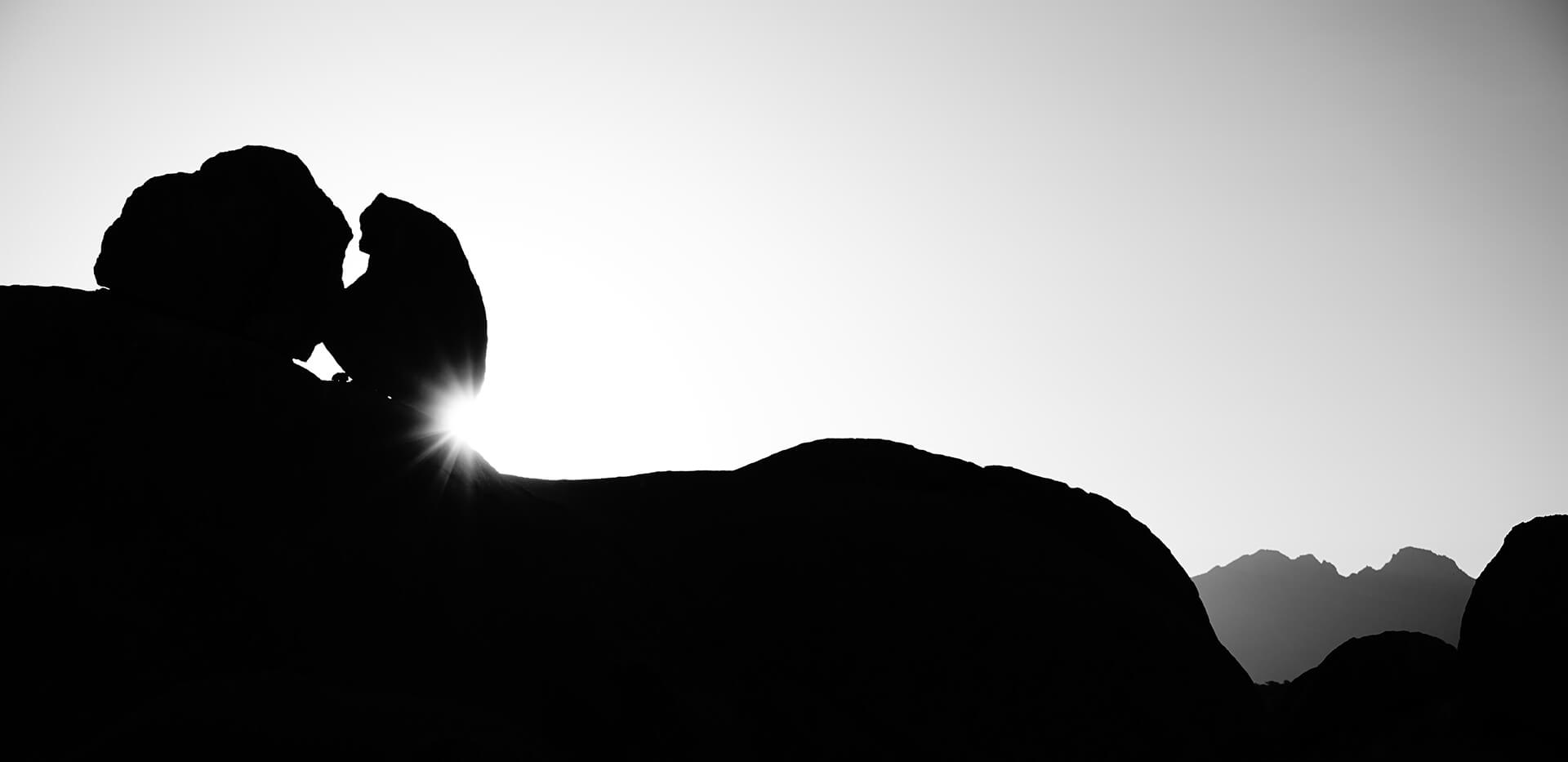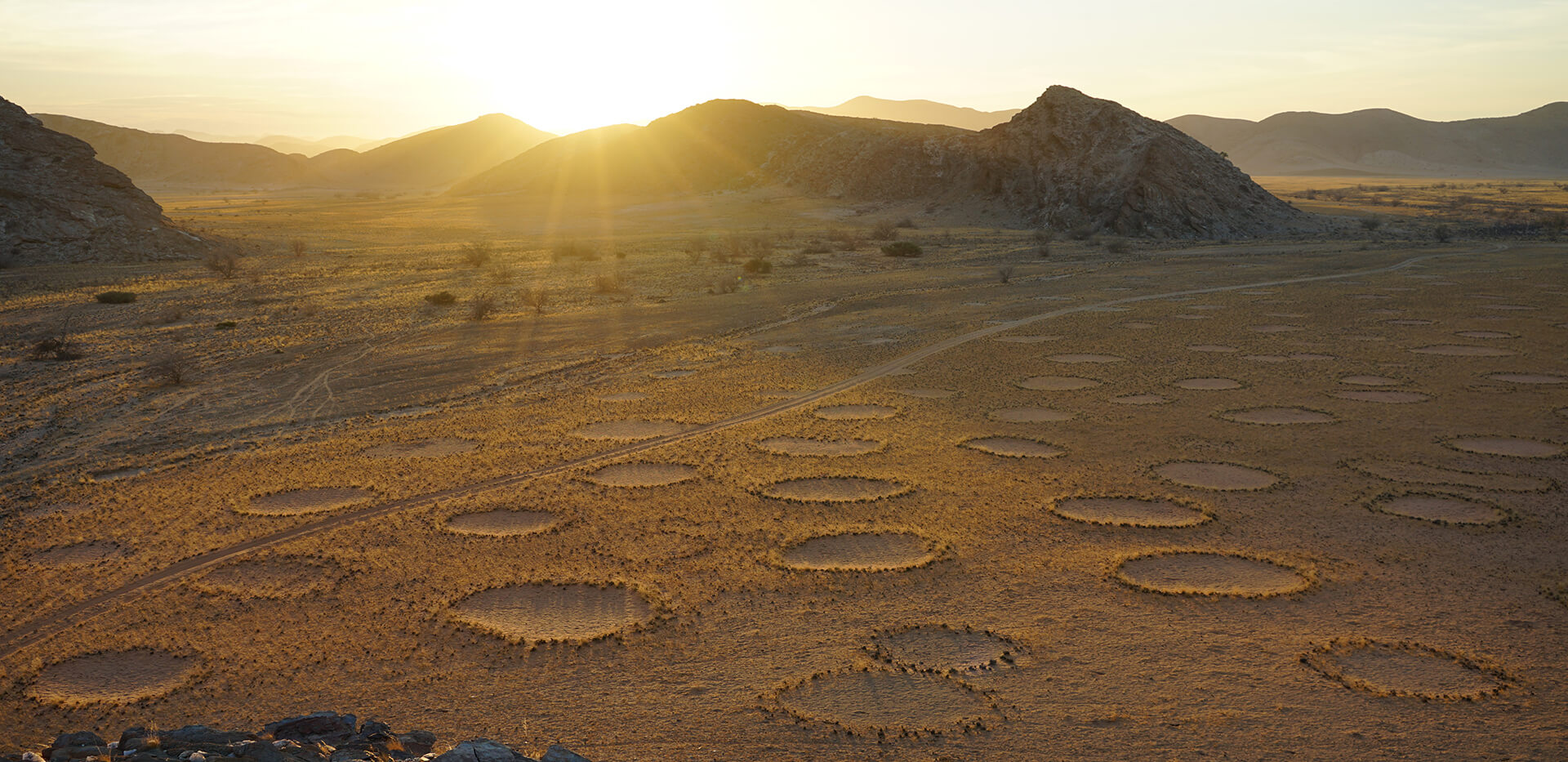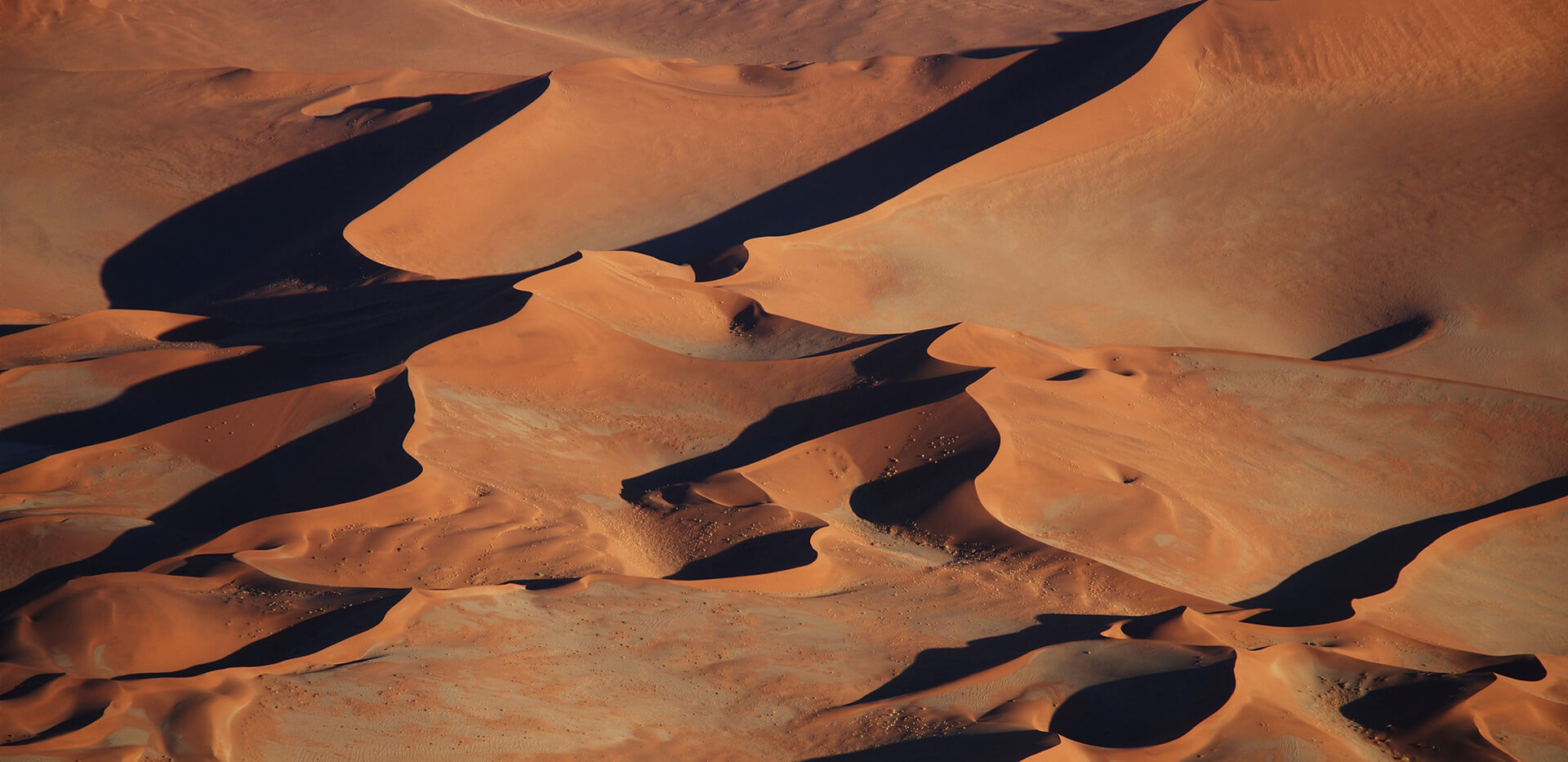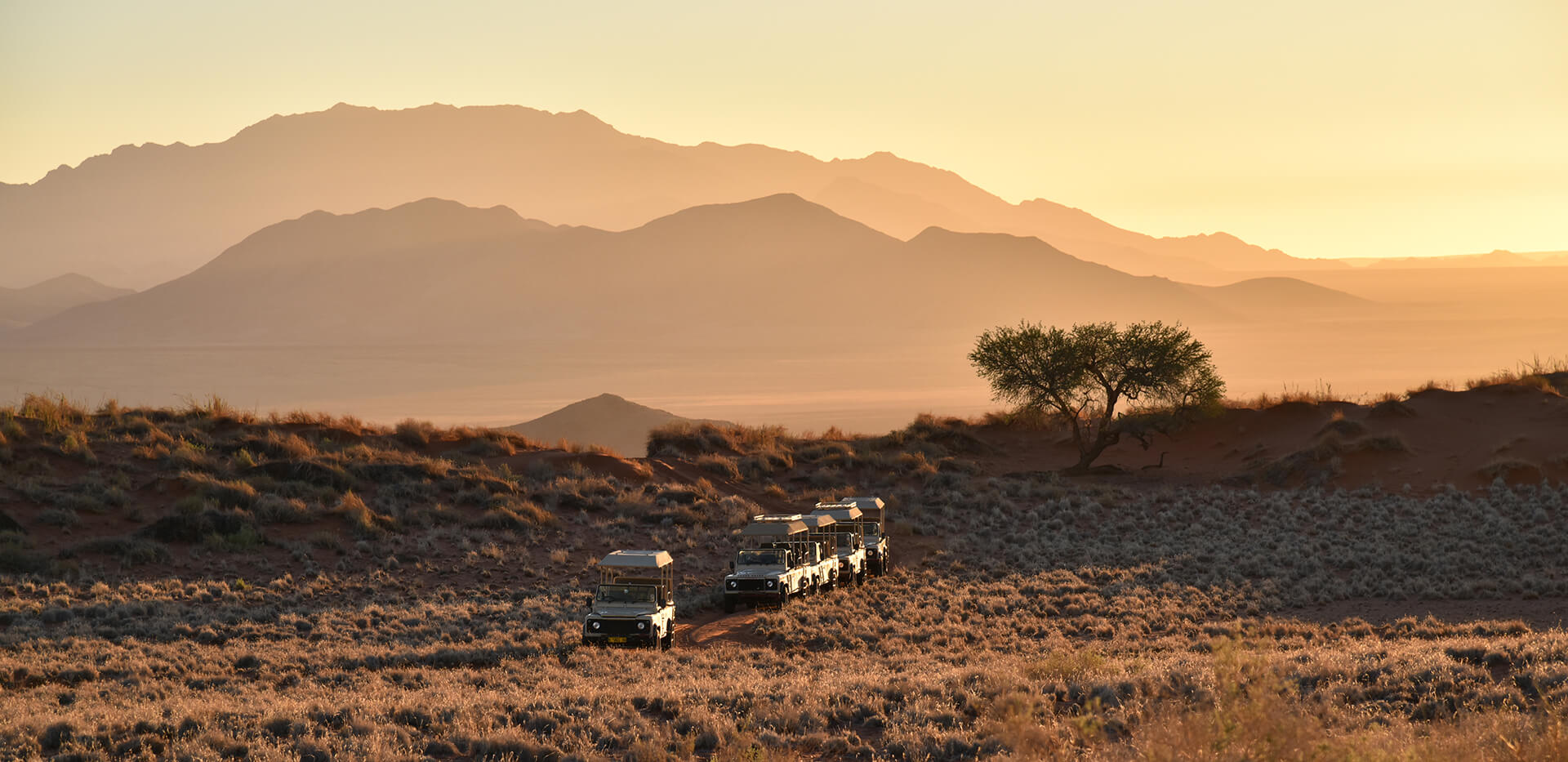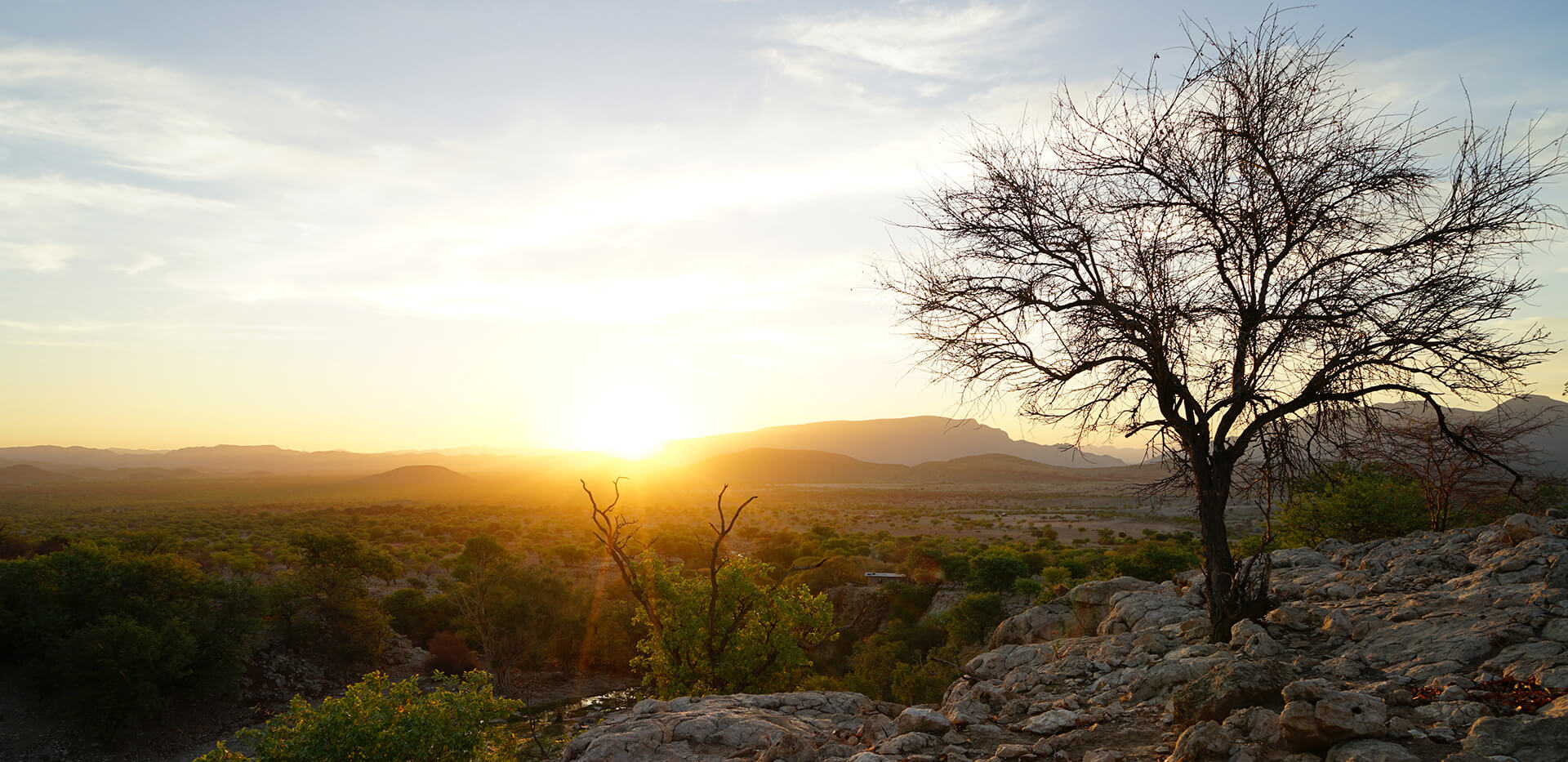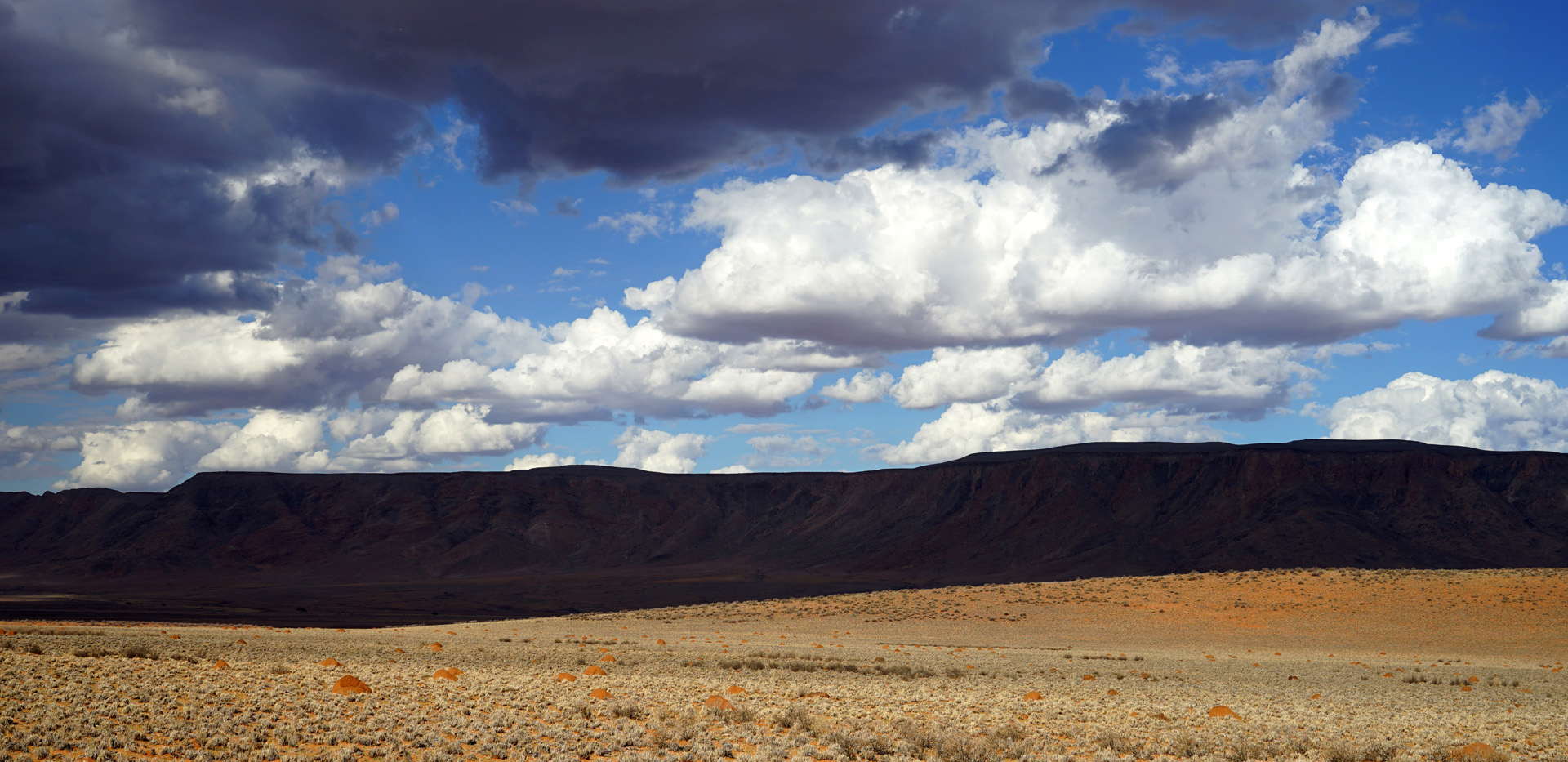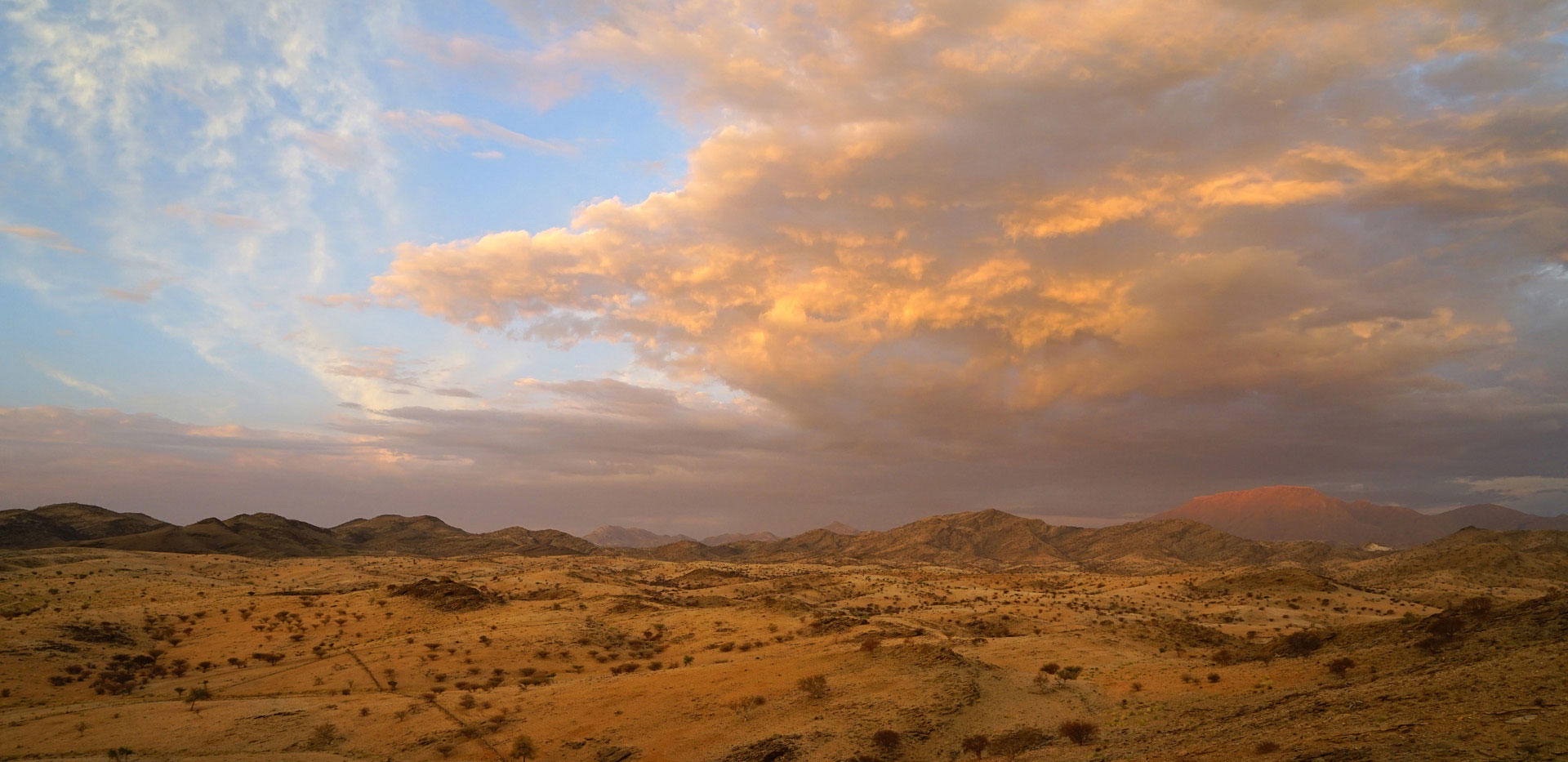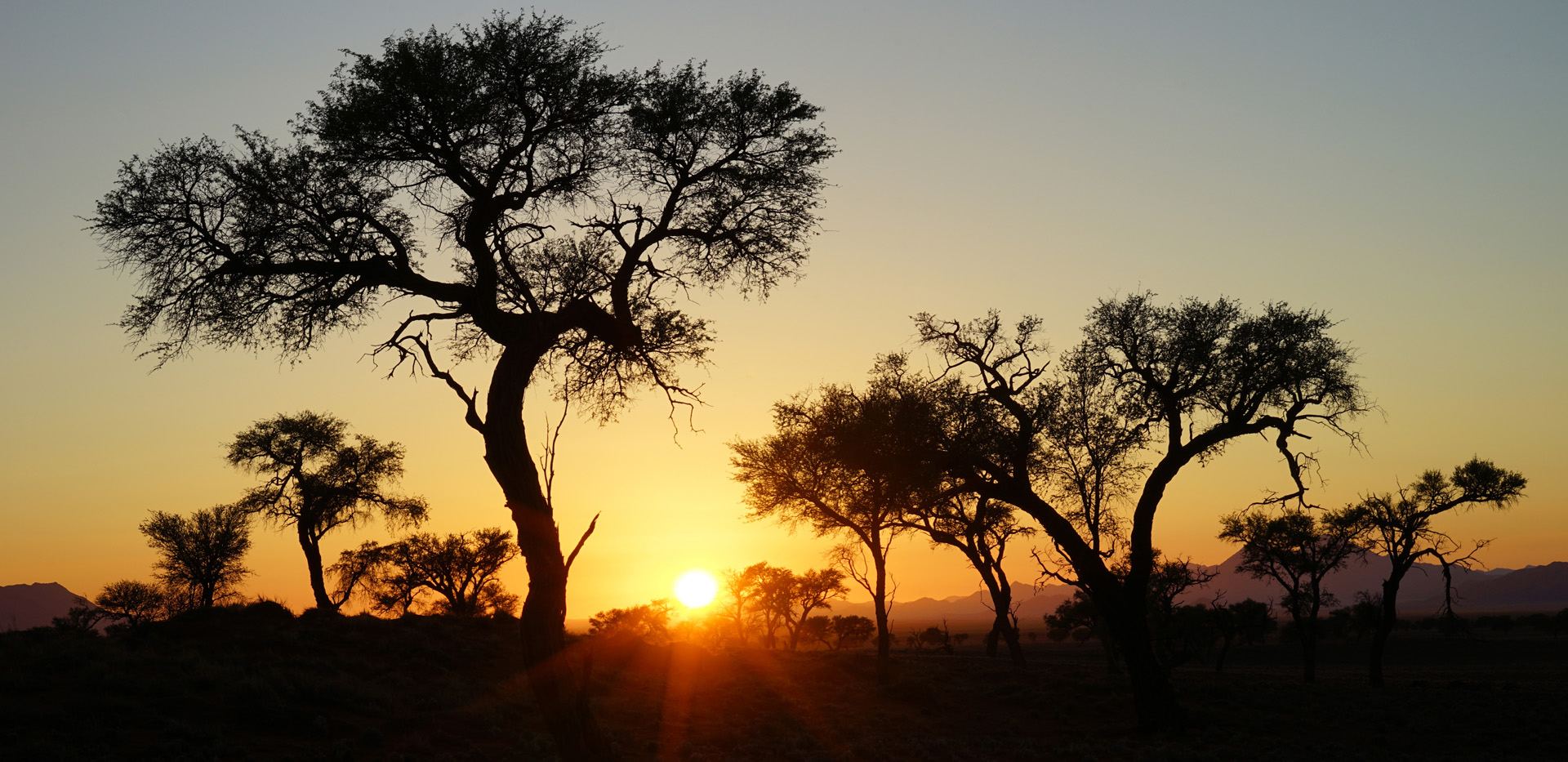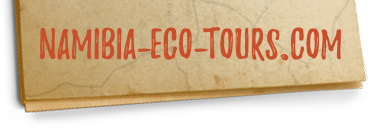Welcome to NAMIBIA-ECO-TOURS. Due to my studies in Namibia and interest in dryland ecology, I have known this exceptionally beautiful country for more than 20 years now. I invite you to an exclusive tour through Namibia.
NAMIBIA-ECO-TOURS: The concept behind the exclusive tour

I invite you to forget time and space in the sheer endless vastness of Namibia. Discover fascinating natural phenomena including the Namib, the oldest desert in the world, the mysterious fairy circles and the diverse, occasionally bizarre varieties of flora and fauna that have evolved to survive in this ancient land threatened by constant drought.
ECO-Tours stands for ECOLOGY, because the main focus of the journey will be on sharing information about the fascinating ecology of Namibia with you.
I have known Namibia for over 20 years now, first by studying ecology and geography in Windhoek and then through research on savanna and desert ecology, including scientific publications on the fairy circles. With NAMIBIA-ECO-TOURS I would therefore like to share this knowledge and experience with you on selected tours. On your Namib-Lodge-Tour you will learn about the latest findings on fairy circle research, natural wonders of the Namib and nature conservation in Namibia.
Beyond exclusive information on desert ecology, NAMIBIA-ECO-TOURS also offers you ample opportunity to get to know this fascinating country and its welcoming people. You will stay in beautiful accommodation and enjoy great food, including local specialities. For the Namib-Lodge-Tour, there are two differently priced options to choose between – the Tour Deluxe and the Tour Comfort. Group size is limited to eight people, ensuring a personal and customized experience that will maximize your enjoyment and learning. Tips on photography as well as great conversation under the starry evening sky are included.
I look forward to sharing this amazing country and its ecology with you!
Best wishes,

